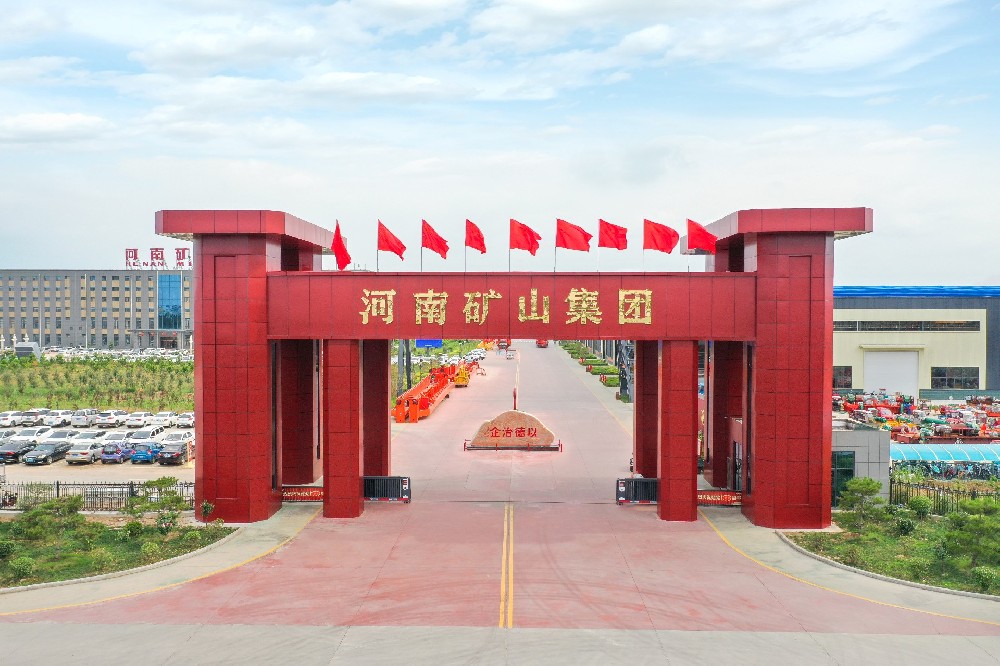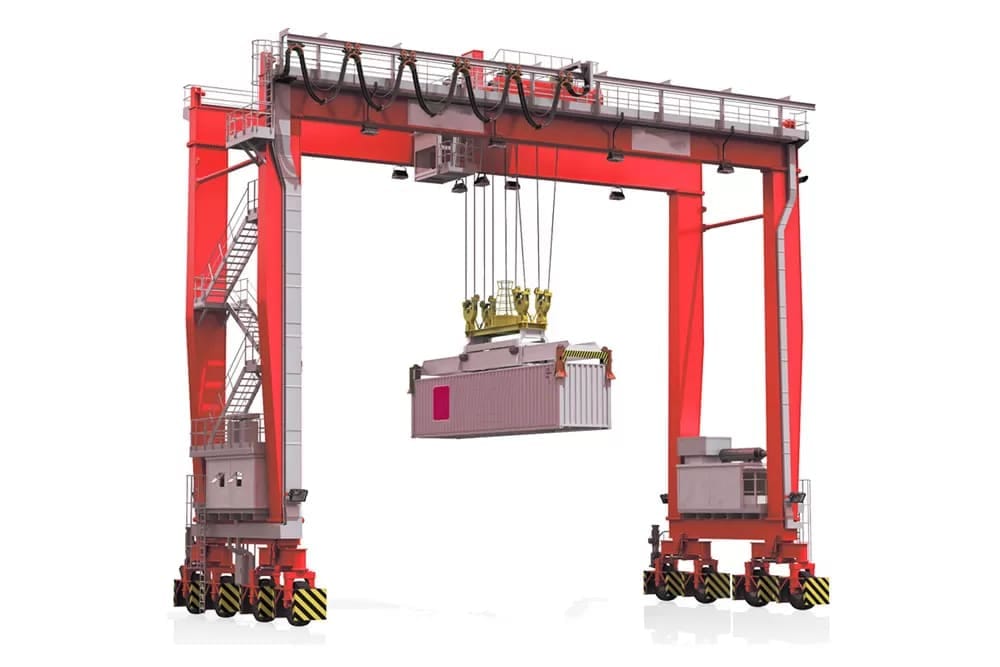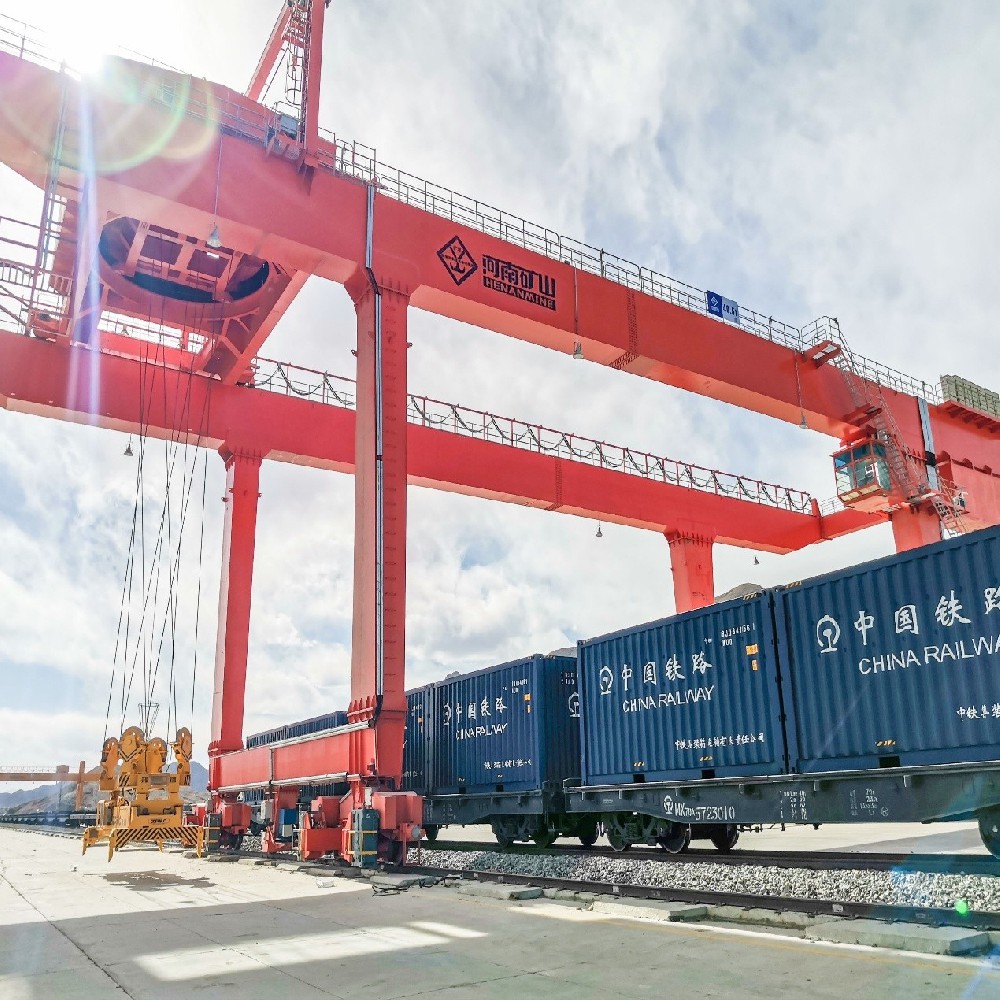- How to Purchase a High-Quality Gantry Crane? Industry Experts Share 6 Core Criteria In industrial production.
-
Release Time:2025-08-02 15:57:57Share:
How to Purchase a High-Quality Gantry Crane? Industry Experts Share 6 Core Criteria In industrial production.
port logistics, infrastructure projects, and other fields, gantry cranes serve as the “workhorse” of heavy-duty lifting equipment. Their performance directly impacts operational efficiency, safety standards, and operational costs. However, product quality varies widely in the market, and price ranges span a vast spectrum. How can one avoid purchasing pitfalls and acquire equipment that is truly compatible and durable? Drawing on 15 years of industry experience, we have distilled six core criteria for evaluation.
1. Precisely Match Operational Requirements: Avoid “Overkill” or “Underpowered” Solutions
The first step in selection is not to compare brands, but to clearly define the core parameters of your specific operational scenario. Three key data points must be carefully calculated:
Rated lifting capacity: Consider the maximum tonnage of daily lifting operations, while reserving a 10%-20% safety margin (e.g., if frequently lifting 50-ton loads, a 63-ton class device is recommended).
Span and lifting height: The span must cover the width of the operational area, and the lifting height must meet the requirements for cargo stacking or overcoming obstacles, with an error margin controlled within ±50 cm.
Work class: Classified based on operational frequency and load conditions (A1-A8 levels). For continuous port operations, it is recommended to choose A6 or higher levels, while intermittent factory use can opt for A3-A5 levels.
A logistics park once chose equipment with insufficient span to save costs, resulting in frequent collisions during container loading and unloading. Within six months, maintenance costs exceeded 30% of the equipment price difference, a classic example of mismatched requirements.
II. Verify manufacturer qualifications: Three certificates are the minimum requirement
The production threshold for high-quality gantry cranes is extremely high. It is essential to verify the manufacturer's hard qualifications:
Special Equipment Manufacturing License: This is the industry's “ID card” for market access. Ensure the license scope includes the tonnage and type of the purchased equipment.
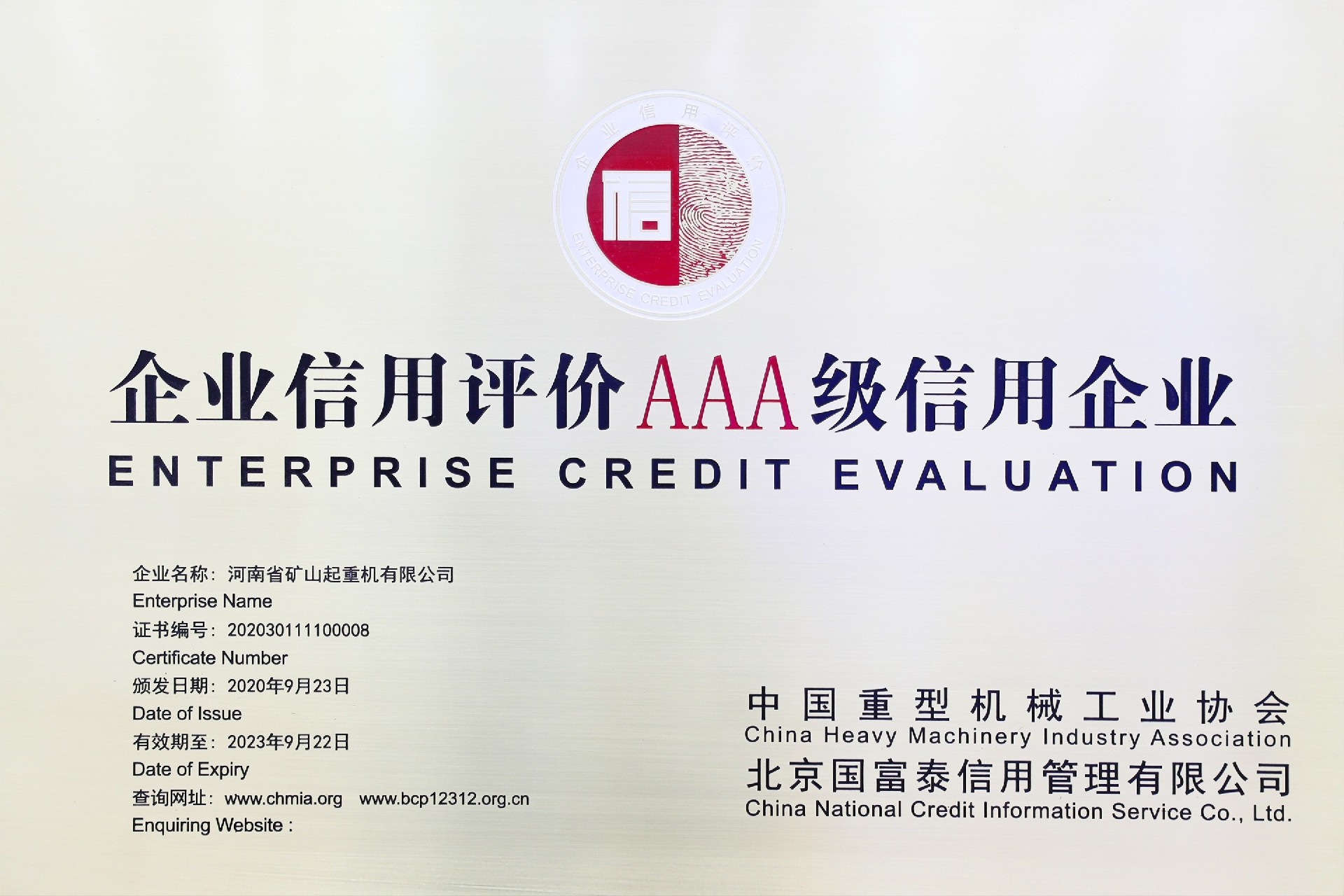
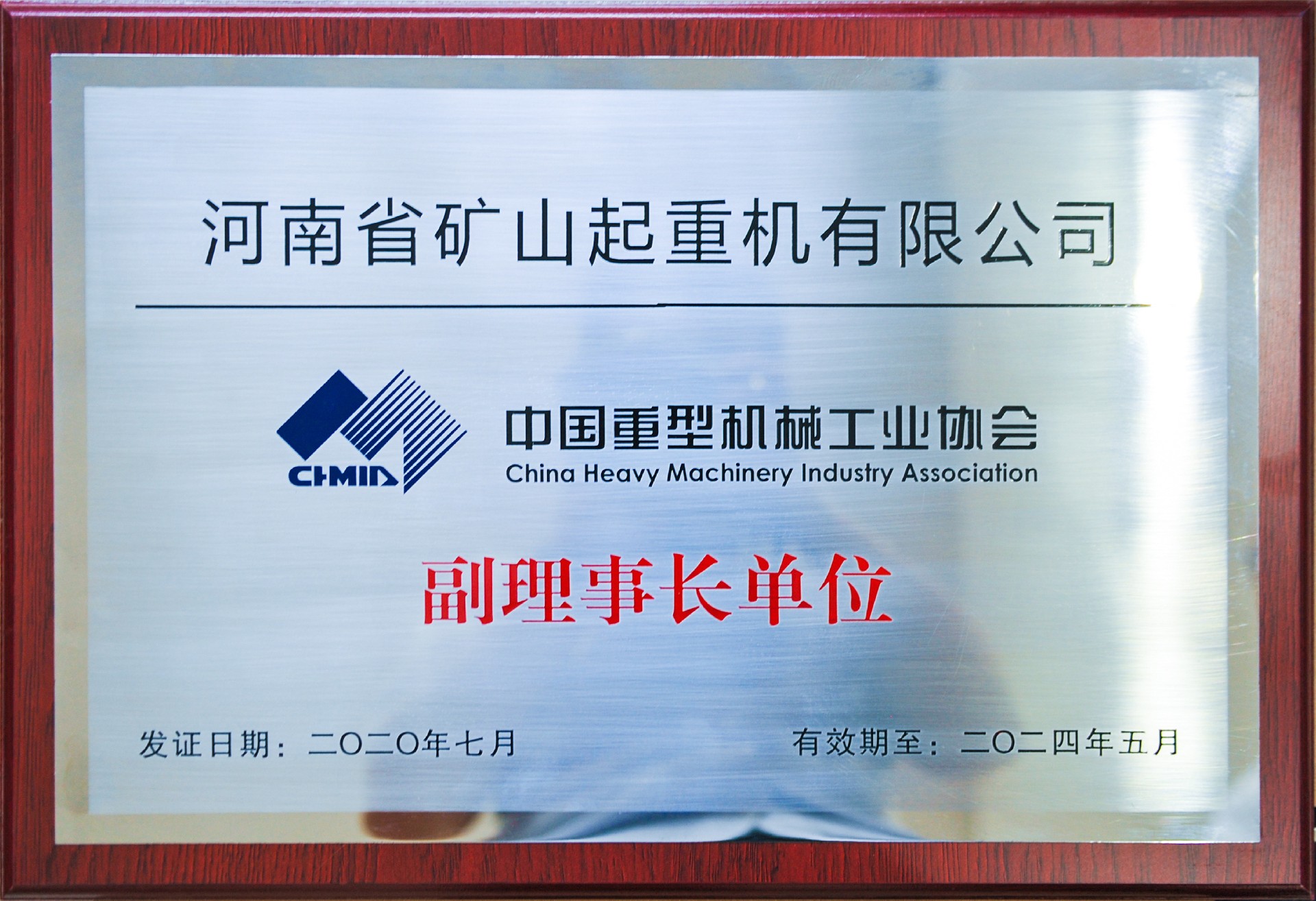

ISO 9001 Quality Management System Certification: Ensures standardized production processes and avoids crude, small-workshop-style manufacturing.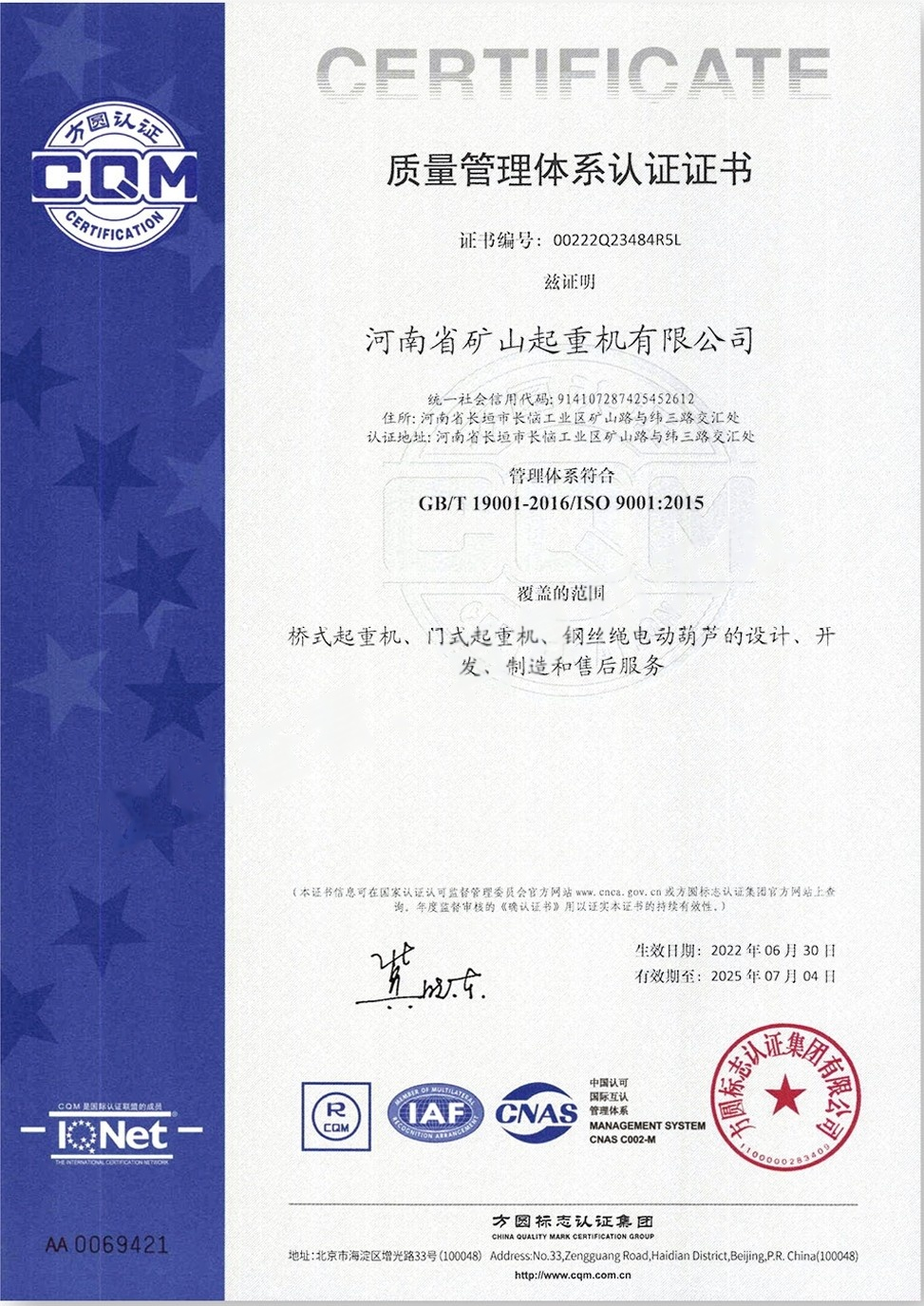
Third-Party Testing Reports: Focus on critical data such as structural stress tests and braking performance tests. Reject products that rely solely on verbal claims.
It is recommended to conduct an on-site inspection of the factory to observe details such as welding工艺 (whether the fishscale pattern is uniform and there is no weld spatter) and painting processes (whether sandblasting for rust removal has been performed), as these directly reflect product durability.
III. Core configurations determine performance: The three major systems must be “genuine and reliable”
The core performance of gantry cranes is determined by three major systems, and when purchasing, it is necessary to require the manufacturer to clearly specify the brand and model:
Drive system: Motors should be selected from well-known national standard brands (such as Jiamusi or Dalian Motors), and reducers should prioritize hard-tooth-surface series, which offer transmission efficiency 15% higher than ordinary products.
Steel structure: Main beams must use Q355B low-alloy high-strength steel, with yield strength 50% higher than Q235 steel, and must undergo shot blasting rust removal and aging treatment to reduce the risk of deformation in the future.
Control System: Variable frequency speed control is the basic configuration, enabling smooth start/stop operations and preventing cargo swaying; high-end equipment should also be equipped with a remote monitoring system for real-time fault alerts.
A certain heavy machinery factory once experienced a sudden shutdown while lifting a 120-ton steel ingot due to the use of a non-branded motor, resulting in a three-day production line shutdown and direct losses exceeding 2 million yuan.
4. Safety devices are non-negotiable: all seven protective measures are essential
According to the “Safety Regulations for Cranes,” qualified gantry cranes must be equipped with a complete safety protection system:
Load limiter (automatic overload alarm)
Travel limiter (prevents over-travel collisions)
Emergency stop button (full-machine emergency stop function)
Wind protection device (track clamps or anchoring devices, with wind resistance ratings ≥ local 100-year wind speed)
Buffer (to reduce impact force from end collisions)
Rain cover (to protect electrical components from corrosion)
Audible and visual alarm device (to warn surrounding personnel during operation)
Users in coastal areas should particularly pay attention to the configuration of wind protection devices. In 2023, a port suffered direct economic losses of 120 million yuan due to the failure of wind protection measures on a gantry crane, resulting in the equipment overturning during a typhoon.
5. After-sales service: Evaluate based on “response speed”—three key indicators determine quality
Gantry cranes are large-scale equipment, and post-sales maintenance is critical. When selecting equipment, it is essential to clarify the manufacturer's service commitments:
Warranty period: The main beam structure should have a warranty of over 5 years, the electrical system at least 1 year, and core components (motors, reducers) 2–3 years.
Response time: Commitment to remote guidance within 2 hours, engineer on-site within 24 hours (no more than 48 hours for remote areas).
Spare Parts Supply: Does the manufacturer have a spare parts warehouse in a nearby city? Can commonly used wear parts (such as brake pads and contactors) be delivered on the same day?
A certain energy company chose equipment from a small manufacturer in another region. After the equipment malfunctioned, the manufacturer took 7 days to send personnel for repairs, resulting in project delays and liquidated damages far exceeding the total equipment cost.
6. Price is not the only criterion: Calculate the “total lifecycle cost”
Prices for gantry cranes with the same specifications may vary by 30%-50% in the market, but low prices often indicate potential issues:
Substandard steel can reduce equipment lifespan to 3-5 years, while high-quality equipment can last 10-15 years.
Energy consumption differences are significant; high-efficiency motors can save over 12,000 kWh annually compared to standard motors.
Maintenance frequencies vary, with products from small manufacturers requiring over five times more repairs annually than those from large manufacturers.
It is recommended to calculate the annual cost using the formula “price ÷ expected service life,” while allocating a 10% maintenance budget to comprehensively assess cost-effectiveness.
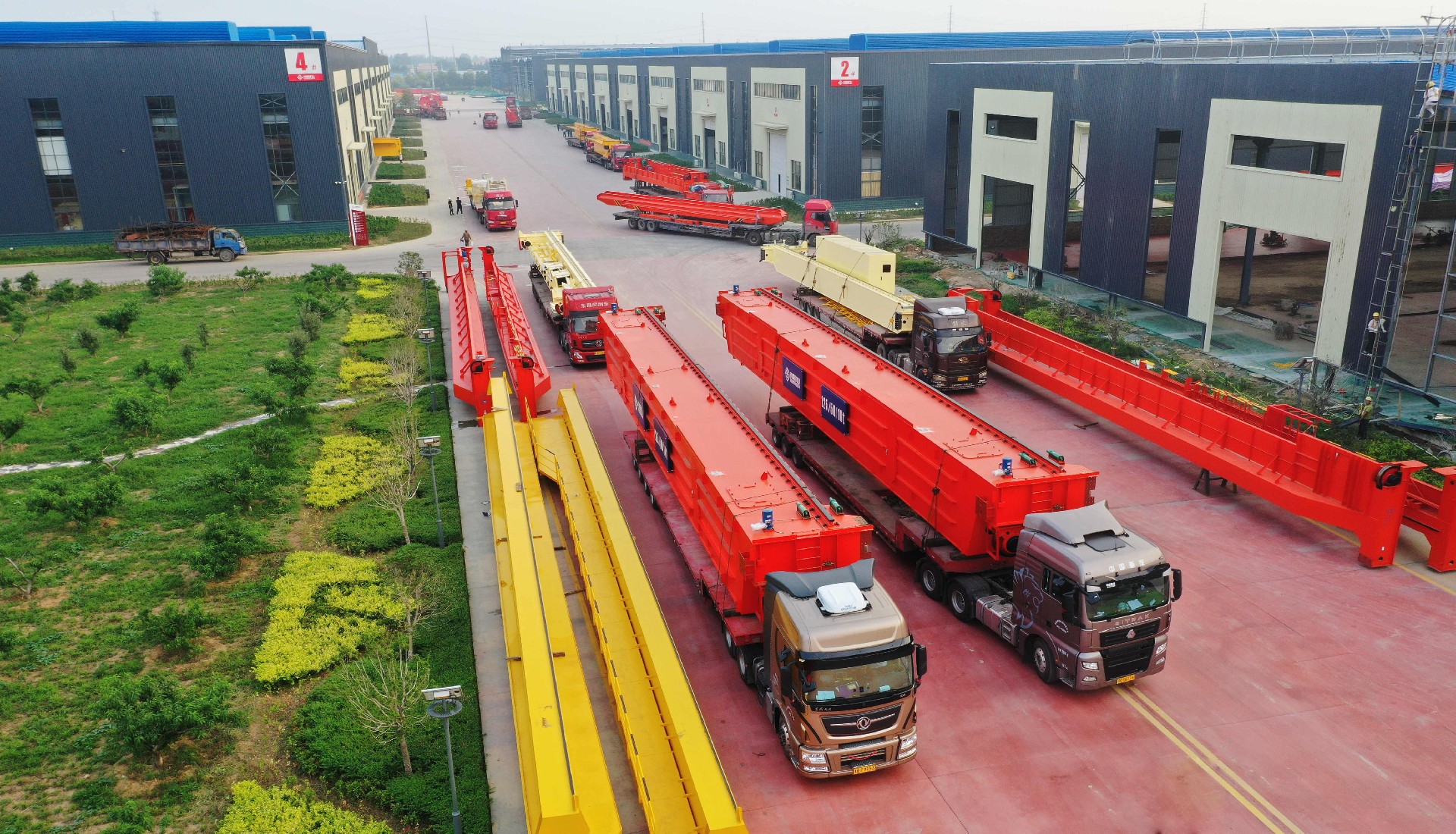
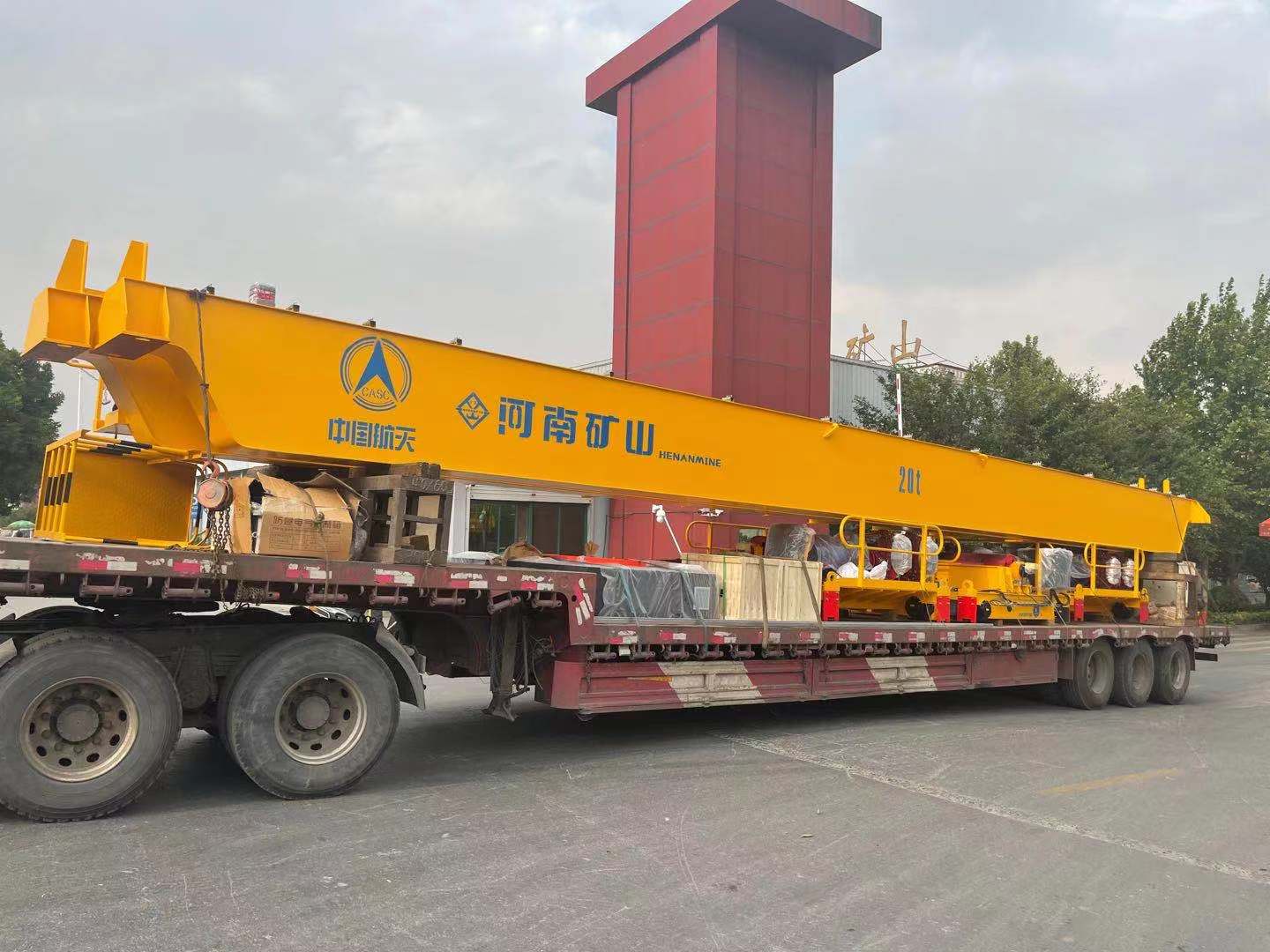
Choice Matters More Than Effort
A high-quality gantry crane is not only a production tool but also a safety assurance and efficiency enabler. From需求 analysis to manufacturer evaluation, from configuration verification to service assessment, the rigor of each step determines the final user experience. Remember: In the field of lifting equipment, what suits you best is the best choice, and true “high-quality equipment” is the perfect balance of quality, safety, and service.
If you need a tailored selection plan, please leave your operational scenarios and parameter requirements via email, and “Henan Mining” will provide you with free configuration recommendations.
